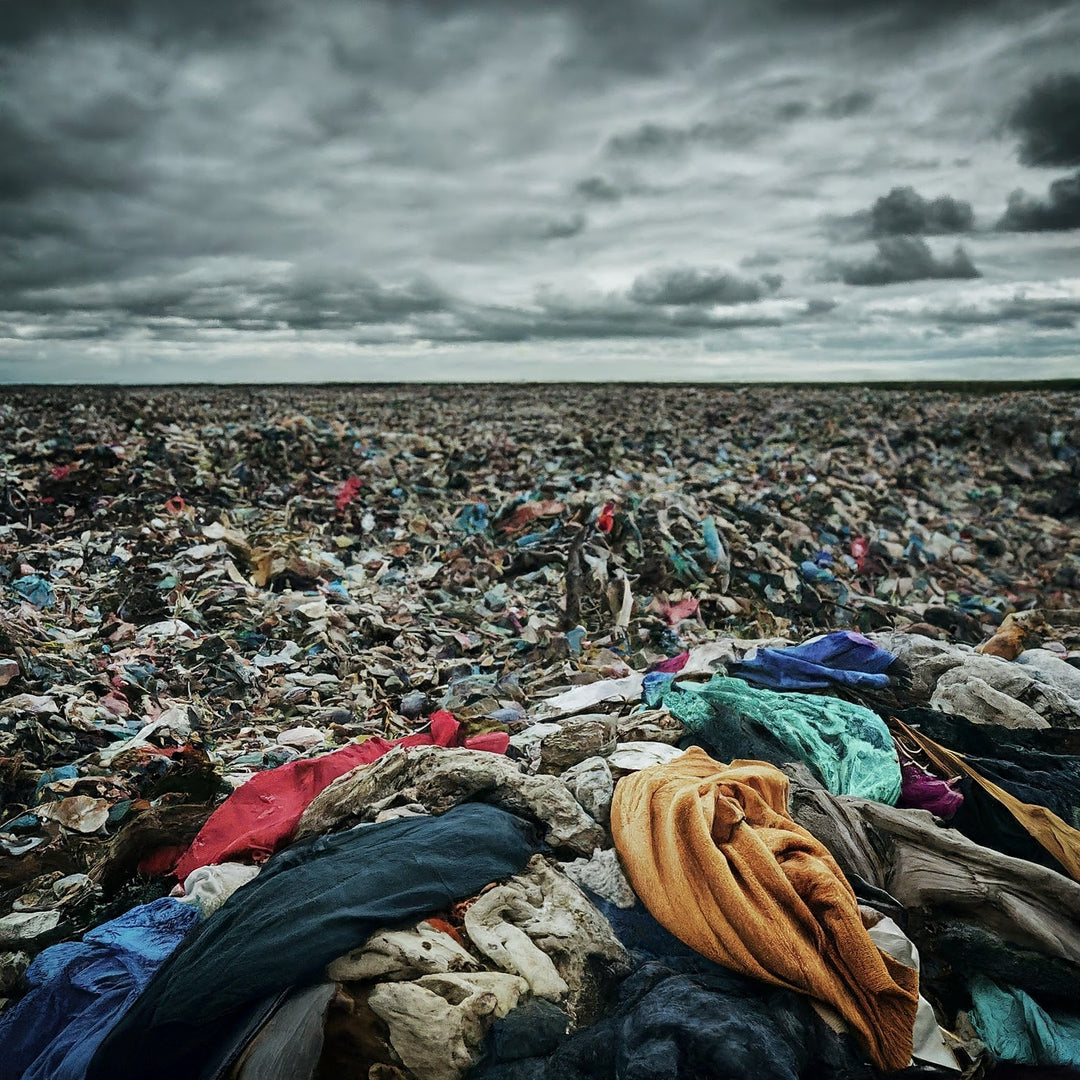Journal

Changing the fashion industry involves changing our clothing practices. It is about buying clothing because you like it and not because an Instagram influencer told you it was the must-have item of the season. It is about diversifying the supply chain and incorporating more recycled and environmentally friendly materials into our clothes.
The trends are all pointing towards an environmentally friendly fashion industry while still being chic and trendy.
The end goal of circular economy is to get rid of any wastage during the design process. However, in the current state of the world, this is more of an ideal than something that can be truly and regularly achieved. In a world where non-renewable energy, single-use plastic and overconsumption are so commonplace, it’s very difficult to be fully circular.
But is circular economy really the saving grace of the fashion industry? Does it have the tools to tackle fashion’s most severe problems? Can it be implemented during every step of the design and production process of sustainable fashion companies?

Technology and innovation are advancing our world every day, yet so many fashion brands keep sticking to methods which are hundreds of years old. While in some cases, the ‘good old ways’ are a sustainable alternative to unsustainable fast fashion, in others, embracing technology can help sustainable fashion designers substantially reduce the environmental impact of the garments they create.
In this blog, we’ll discuss the different innovation and technology solutions which can be used to improve a garment’s sustainability. From creating patterns to prolonging a garment’s lifecycle with rental services, innovation holds the promise to transform everything about fashion as we know it today.

The more clothing we wear, the more it ends up being thrown away. Fast fashion has drastically increased the amount of clothing we buy and wear – and how quickly it ends up in a landfill. We increasingly perceive garments as a disposable resource, one we can throw away and replace whenever we want.
Although the financial cost of a frequent disposal of clothing has gotten much more manageable; the environmental toll of this disposal is only increasing.
Currently, 85% of all rejected clothing ends up in a landfill or being incinerated. Only a small fraction is recycled, repurposed, or repurchased.



